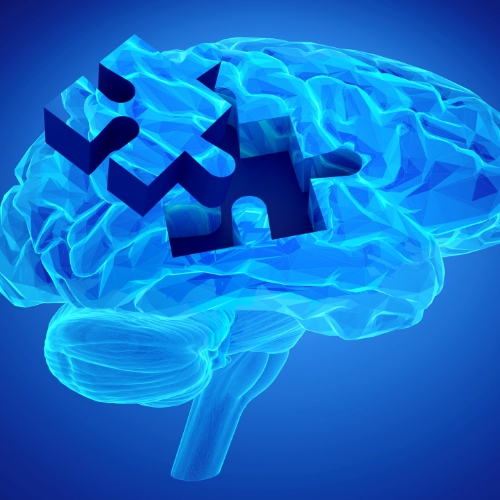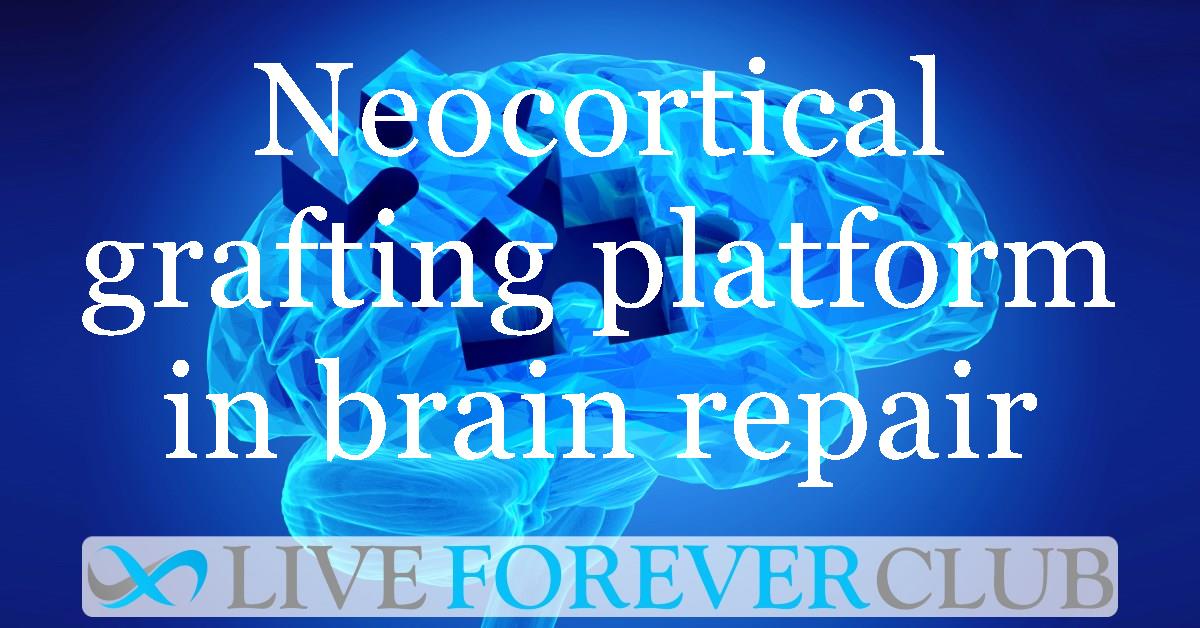Brain tissue repair using neural cells derived from pluripotent stem cells is a compelling new therapy which is gaining popularity. The aim in this approach is to recreate the injured neural circuits that are involved in the restoration of lost normal physiological behavioural role. While remarkable progress has been achieved in showing the feasibility of transplantation of predecessor cells to replace neurons in the brain cortex, it was not clear whether nerve cell grafts in the neocortex can code for the execution of functional behaviour due to their electrophysiological activity.
In this regard, a recent experiment was conducted by researchers from Albert Einstein College of Medicine and Rice University, USA.
The study
The aim of the study, led by Renata Batista-Brito and Jean M. Hébert, was to provide a proof that a grafting platform can be created in the neocortex that supports:
- viability and differentiation of the main cell forms in the neocortex
- vascularization
- neuronal integration
- layering
To achieve this goal, the team tested whether using cell grafts in a three-dimensional frame could support the normal expected differentiation of the primary cells found in the cortex, their normal blood vessel formations, and a three dimensional cytoarchitecture (cellular composition of the central nervous system's tissues).
Methodology
The team used unrelated fetal cells from the cortex of mice and mixed them with a commercial scaffold. They found that the neurons, glial cells, and the supporting blood vessels in the graft survived and successfully merged with the nervous system of the host. The team performed multiple assays to obtain evidence of the functionality of the graft, including immunohistochemistry, blood vessel perfusion imaging, in vivo live imaging, in vivo free moving electrophysiology recording, visual stimulation and behavioural analysis.
Result
The results of the study suggest that the therapy has scope for future development and trial of multi-cell type tissue prototypes of neocortex which have a multilayered architecture with their own blood supply. Specifically, the researchers found that the graft was able to support the survival and differentiation of all the major cell types, including neurons, astrocytes, oligodendrocytes, and microglia. Furthermore, the graft was able to form a layered cytoarchitecture, similar to that of the neocortex in vivo.
The team also found that the graft was able to form a functional vascular network, which is critical for the survival and integration of the graft with the host tissue. Additionally, the graft-derived neurons were able to integrate with the host tissue, form functional synapses, and exhibit normal electrophysiological activity.
Behavioural analysis
The team performed behavioural analysis to determine if the graft was able to restore lost function in mice. The mice were trained to perform a visual discrimination task, which required them to distinguish between two different visual stimuli. The team then lesioned the primary visual cortex, which resulted in a loss of the mice's ability to perform the task.
The team then grafted cells into the lesioned area of the visual cortex and retrained the mice on the visual discrimination task. The team found that the grafted mice were able to perform the task at a similar level to control mice, suggesting that the graft was able to restore lost visual function.
Conclusion
The results of the study demonstrate the potential of the neocortical grafting platform for repairing the brain. The ability to replace damaged or lost neural tissue with a functional graft has significant implications for the treatment of neurological disorders and injuries.
However, the study is still in its early stages, and there are several challenges that need to be addressed before the technology can be used in humans. One of the biggest challenges is ensuring that the graft is safe and does not cause an immune response or form tumours.
Nonetheless, the results of the study are promising and provide a foundation for future research and development of neocortical grafting platforms. The ability to create a functional, multi-cell type neocortical tissue prototype has significant implications for range of neurological disorders, including Alzheimer's disease, Parkinson's disease, and traumatic brain injuries. The research team plans to continue refining the neocortical grafting platform to optimize its potential for clinical use.
Author: Joydev Bhattacharjee
Reference
An In Vivo Platform for Rebuilding Functional Neocortical Tissue - Batista-Brito R, Hébert JM et al – Bioengineering, 2023








